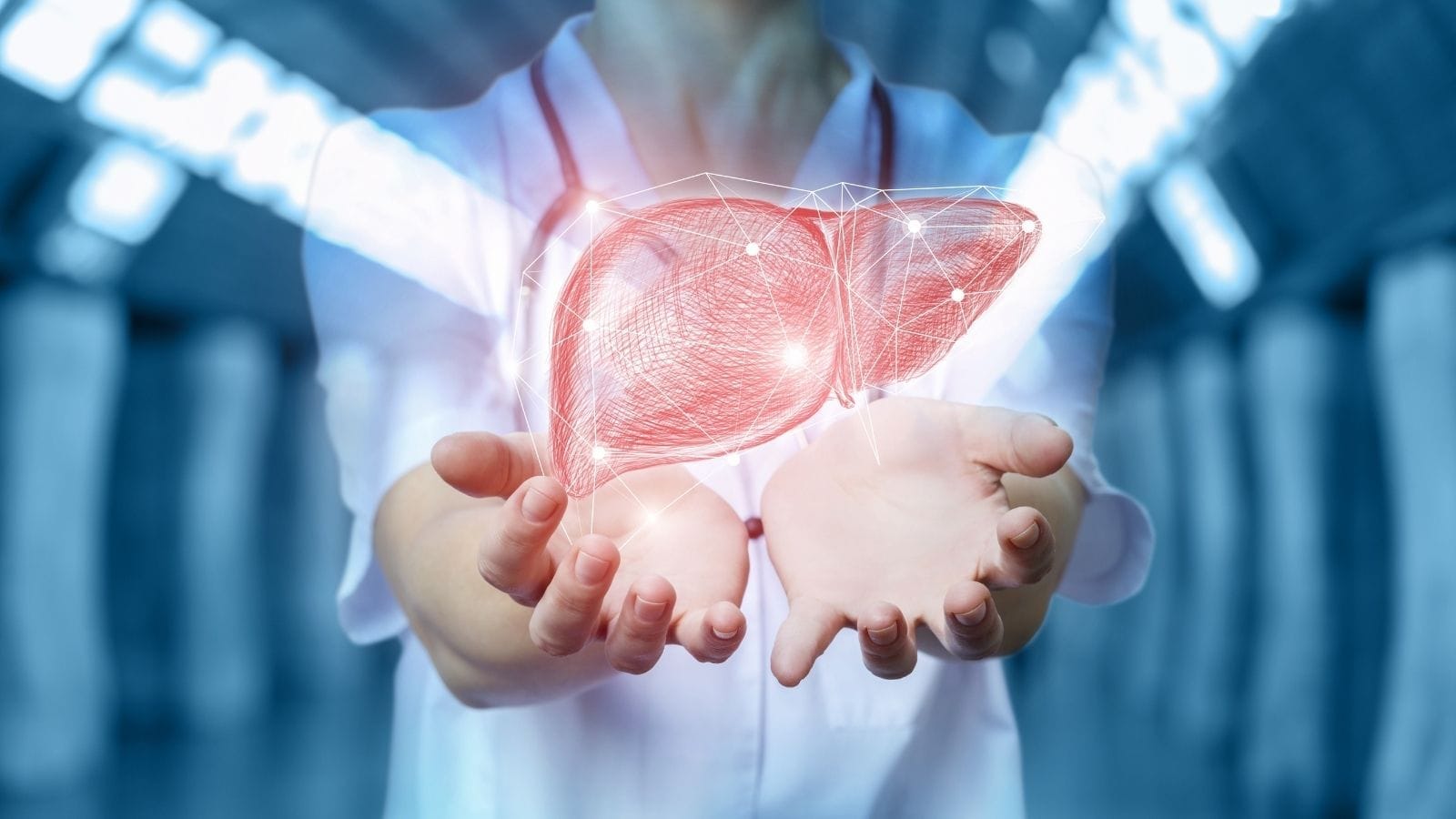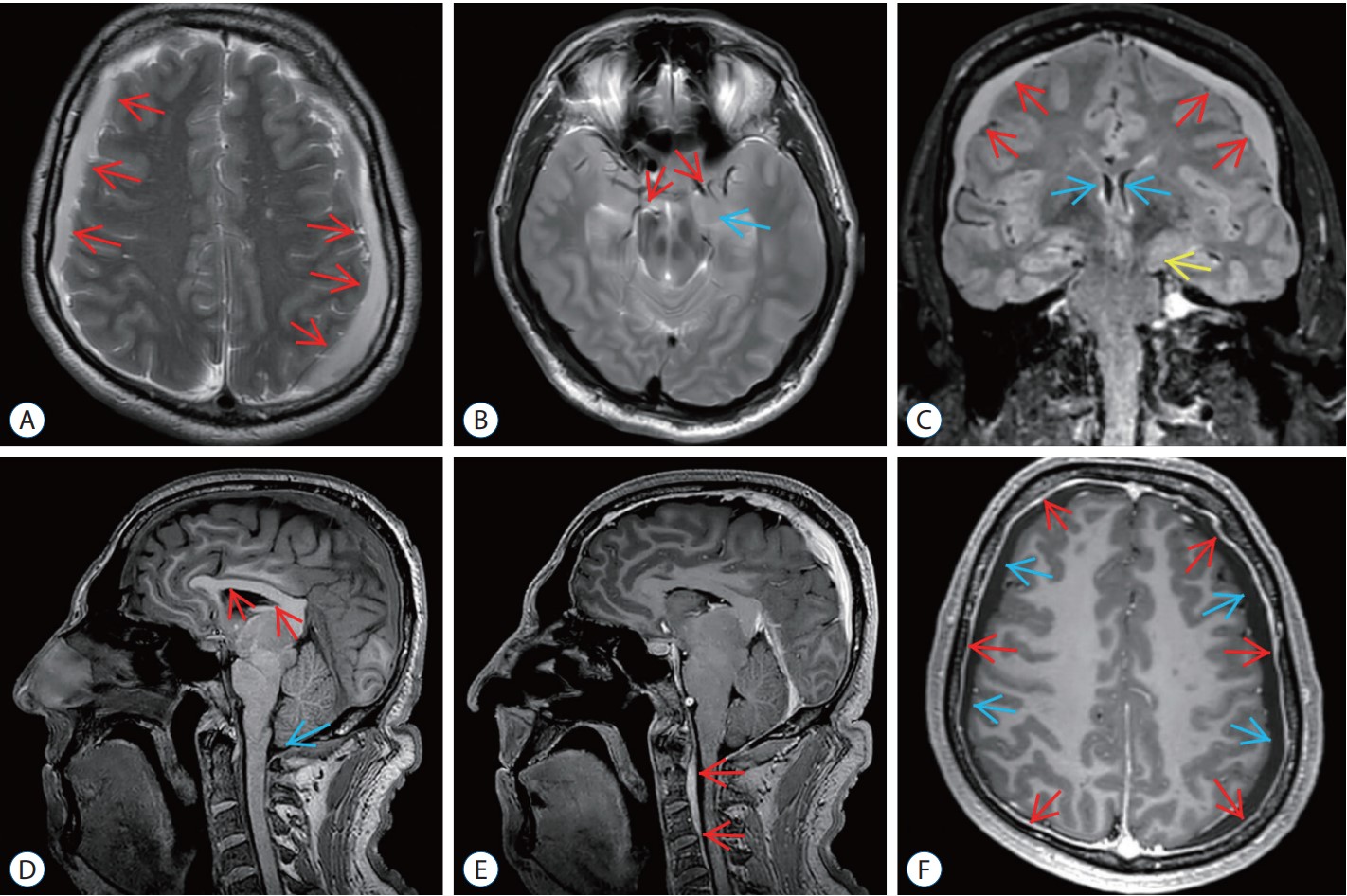Scintigraphy is a nuclear medicine imaging method used to assess organ function and structure. Radioactive tracers are administered, and a gamma camera detects radiation emissions, producing functional images of the target tissue.
Thyroid scintigraphy is widely used to evaluate nodules and detect hyperfunctioning or hypofunctioning areas. The technique helps distinguish benign from malignant nodules and guides treatment planning for thyroid disorders.
Cardiac and bone scintigraphy provide valuable insights into ischemic heart disease, bone metastases, and fractures. These tests are sensitive in detecting early disease changes that may not appear on conventional imaging.
The procedure is safe, with radiation exposure kept at low levels. Patients require minimal preparation, and results are typically available within hours. Scintigraphy remains a reliable diagnostic tool for multiple medical specialties.
What Is Scintigraphy?
Scintigraphy is an important diagnostic tool in the field of nuclear medicine. It is especially preferred to obtain functional images of internal organs and tissues. After radioactive substances are injected into the body, they emit gamma rays. These rays are detected by a gamma camera, which creates detailed images of organs or tissues. Scintigraphy is used to evaluate various parts of the body:
Bones:
Detects fractures, infections, and cancers.
Heart:
Assesses blood flow and heart muscle health.
Thyroid:
Identifies functional disorders and diseases.
Kidneys:
Examines functional capacity and structural problems.
Each type of scan uses a specific radioisotope. For example, technetium-99m is used for bone scans, while iodine-123 is used for thyroid scans. This technique provides physicians with valuable information for diagnosing, managing, and monitoring diseases.
How Is Scintigraphy Performed?
The scintigraphy procedure involves detailed preparation. Patients remove accessories like jewelry and wear hospital gowns. After preparation, a radioactive substance called a radioisotope is administered. The method of administration depends on the scan type:
- By injection
- Orally as a tablet
- By inhalation using an inhaler
After administration, there is a waiting period for the tracer to reach the targeted organs, which can take up to several hours depending on the scan type.
During imaging, patients lie on an examination table while a gamma camera is positioned over the area to be scanned. Cameras may rotate or remain stationary. The patient must remain still during the scan. Data collected during imaging are processed by computer to generate results. After the procedure, patients can usually return to normal activities.
The radioisotope is eliminated from the body naturally. The resulting images are evaluated by a radiologist or nuclear medicine specialist.
For Which Diseases Is Scintigraphy Used?
Bone Diseases:
Bone scans identify metastases, fractures, and infections, as well as conditions like Paget’s disease and osteomyelitis.
Heart Disorders:
Myocardial perfusion scintigraphy is used for diagnosing heart attacks and angina.
Thyroid Disorders:
Thyroid scintigraphy evaluates nodules, hyperthyroidism, and thyroid cancer metastases.
Kidney Problems:
Used to examine kidney function, obstructions, and renal diseases.
Parathyroid Disorders:
Helps locate parathyroid adenomas in cases of hyperparathyroidism.
Gastrointestinal Disorders:
Gastric emptying scintigraphy is used to diagnose gastroparesis.
Biliary and Liver Diseases:
Hepatobiliary scintigraphy detects gallbladder and bile duct problems.
Lung Disorders:
Scintigraphy is used to assess pulmonary embolism and other lung diseases.
Cancer:
Special scans detect neuroendocrine tumors and neuroblastoma.
Inflammatory and Infectious Diseases:
Used for inflammatory bowel disease and infections.
What Preparations Are Required Before Scintigraphy?
Preparations depend on the type of scan:
- Bone, inflammation, lymphatic, brain, kidney, and lung scans usually require no special preparation; patient information is sufficient. For brain scans using Diamox, inform your doctor about allergies.
- For gastrointestinal and cardiac scans, fasting for at least 4–6 hours is required. Avoid caffeine for 24 hours before cardiac stress tests.
- For thyroid scans, discontinue iodine-containing medications:
- L-thyroxine – 3 weeks before
- Methimazole and propylthiouracil – 5 days before
- Wait three weeks for a thyroid scan after any CT with iodinated contrast.
- For gastric emptying studies, fast for six hours.
- For gallium scans, the tracer may be administered days before; follow specific diet and medication restrictions.
- For HIDA scans, fast for six hours and avoid painkillers during this time.
What Are the Side Effects and Risks of Scintigraphy?
Although scintigraphy is very safe, some side effects and risks can occur. The most common are pain or swelling at the injection site, which is usually mild. Other potential effects include:
- Pain or swelling at the injection site
- Changes in taste or smell
- Rapid or irregular heartbeat
- Nausea and vomiting
- Dizziness and fatigue
- Itching or rash
Serious risks are very rare, but may include severe allergic reactions and radiation exposure. Theoretical cancer risk from radioisotopes is extremely low and similar to other medical imaging involving radiation. Pregnant and breastfeeding women are generally advised to avoid the procedure. Staying in one position for a long time may be difficult for patients with joint pain. Drinking plenty of fluids after the scan is advised to flush out the tracer, which may cause increased urination.
How Are Scintigraphy Results Evaluated?
Evaluation of scintigraphy results is a meticulous process. First, images are obtained using gamma or SPECT cameras, providing information on the distribution of radioisotopes in the body. These images show where the radioisotope has accumulated or not, reflecting the functional status of organs and tissues.
Image Acquisition: Gamma rays are used to gather images for organ and tissue assessment.
Image Analysis: Areas of high and low uptake are analyzed as “hot” and “cold” spots.
Comparison with Normal Values: Images are compared to reference standards to identify any deviations.
“Hot spots” typically indicate areas of high metabolic activity; “cold spots” suggest low activity or abnormal tissue. Such differences are critical in radiological evaluation. The findings are interpreted in the context of the patient’s medical history and other test results. Quantitative analysis (such as percentage of radioisotope uptake) provides additional information. All these findings are summarized in a comprehensive report with observed abnormalities, possible diagnoses, and recommendations for further testing or treatment.
What Are the Differences Between Scintigraphy and Other Imaging Techniques?
Scintigraphy has unique advantages compared to other imaging techniques. It primarily provides functional information, focusing on how organs and tissues work, while conventional imaging mainly shows anatomical structures. Radioactive tracers in scintigraphy are crucial for detecting diseases because their distribution and accumulation can be tracked in the body.
Radioactive Tracers: Use of gamma-emitting isotopes.
Detection Method: Radiation is detected with a gamma camera to create images.
Other nuclear imaging techniques include SPECT and PET, each with distinct features:
- SPECT:
- PET:
- Detects positron emissions with high resolution and sensitivity.
Clinical Uses:
- PET: Mainly for cancer diagnosis
- SPECT: Preferred for cardiac and brain imaging
PET offers higher image quality compared to SPECT but SPECT is more commonly used due to lower cost and easier access. Scintigraphy procedures may require more time and remaining still, setting them apart from other imaging methods.
What Should Be Considered After Scintigraphy?
Post-scan care is important for your health and recovery. Drink plenty of fluids to help remove radioactive substances quickly and reduce radiation exposure. Avoid close contact with pregnant women and young children for several hours or up to a day, depending on the tracer used. Be aware of potential side effects (such as pain or taste changes), and inform your doctor about any unusual symptoms. Most patients can return to normal activities, but always follow your doctor’s activity restrictions for special tests. After iodine scans, follow recommendations for thyroid protection. Breastfeeding mothers may need to use formula temporarily. Be cautious when driving or operating machinery if you experience dizziness. Final results may take several days; follow up with your healthcare provider for interpretation and next steps.

Girişimsel Radyoloji ve Nöroradyoloji Uzmanı Prof. Dr. Özgür Kılıçkesmez, 1997 yılında Cerrahpaşa Tıp Fakültesi’nden mezun oldu. Uzmanlık eğitimini İstanbul Eğitim ve Araştırma Hastanesi’nde tamamladı. Londra’da girişimsel radyoloji ve onkoloji alanında eğitim aldı. İstanbul Çam ve Sakura Şehir Hastanesi’nde girişimsel radyoloji bölümünü kurdu ve 2020 yılında profesör oldu. Çok sayıda uluslararası ödül ve sertifikaya sahip olan Kılıçkesmez’in 150’den fazla bilimsel yayını bulunmakta ve 1500’den fazla atıf almıştır. Halen Medicana Ataköy Hastanesi’nde görev yapmaktadır.









Vaka Örnekleri